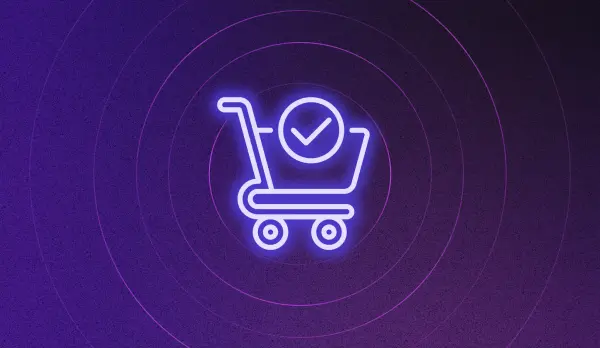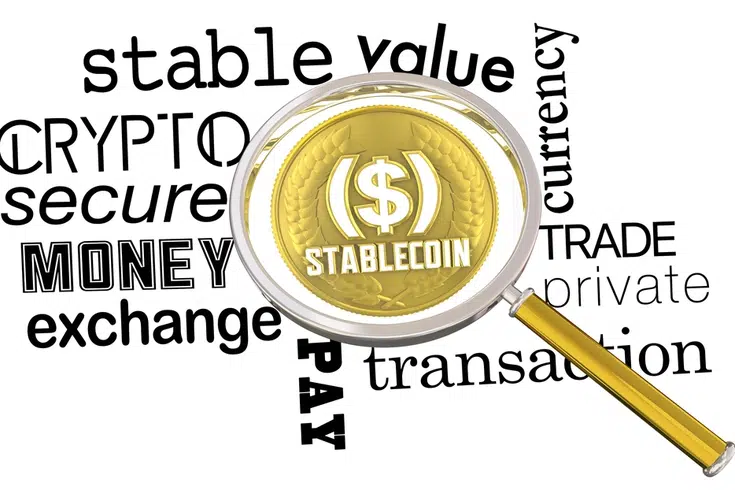On-chain banking is an innovation that is changing the way that consumers and businesses interact with financial services as the evolution of financial services changes rapidly. On-chain banking is underpinned by blockchain technology and is going to significantly transform many components of the banking sector, including payments lending and credit, identity verification, and compliance. For a global payments player like TransFi, it means the opportunity to provide financial services that are faster, safer, and ultimately more accessible to consumers and businesses alike.
Why the Future of Banking Is On-Chain
Contrary to popular belief that blockchain is limited to crypto startups; large banks, payment processors, and fintechs have rapidly turned to on-chain banking to remain competitive. From stablecoin-based remittances to tokenized real-world transactions, all institutions have seen security. What used to take days for settlements now happens within seconds, fraud risk decreases with tamper-proof records, and programmable money is creating new opportunities. Platforms like TransFi are leading the charge providing compliant, blockchain-based cross-border payouts for everything from Web3 creator earnings to payments to global vendors, banks can partner with TransFi and can tap into the blockchain-based world effortlessly. When it comes to this new on-chain finance revolution, there is no longer a competitive edge, it is a necessity.
On-Chain Banking Is Reshaping Global Payments
On-chain banking is reinventing the global payments system, making payments faster, more secure, and more affordable for anyone paying in another country. Traditional banking requires intermediaries that take days to settle transactions. In contrast, blockchain payments operate in real-time without settling through an intermediary and provide you with a transparent record of the transaction and very low fees. On-chain banking payment systems can leverage stablecoins for security during transfers, automated, frictionless payouts, and bypass the attributes of outdated legacy systems. Companies like TransFi are pushing this change to the forefront and providing businesses a blockchain platform, and integrated infrastructure to facilitate compliance.
Decentralized Finance Banking : The Future Of Open Finance
Decentralized Finance (DeFi) takes advantage of the blockchain and smart contracts to enable lending, borrowing, trading and other financial services, without any traditional intermediaries. In the past DeFi was viewed as a niche activity, but it is now being adopted in the mainstream because protocols are becoming user friendly and regulators are approving protocols for compliance. Important aspects of DeFi include the automation of financial controls through smart contracts, and connectivity between platforms. DeFi has anytime, anywhere access to financial transactions and services, enabling rapid financial innovation and broader access to services. Traditional institutions are now also examining DeFi models. New and emerging platforms like TransFi are connecting traditional finance with decentralized finance enabling conviction financing, exploration, and the opportunities to participate in financial services.
The Future of Decentralized Banking Systems
The advancement of decentralised banking systems will ultimately design a more open, inclusive and efficient financial ecosystem. Utilizing blockchain technology and smart contracts, decentralized banking systems displace the need for central authorities, allowing users to access banking services anytime and anywhere. The future of decentralized finance depends on its evolution, which involves traditional finance integration, regulatory frameworks to support decentralized financial service delivery, and reliable, secure, scalable and public platforms. Decentralized banking systems will create new ways for people and businesses to interact with money to preserve control, time savings, transparency, and risk through programmable money, borderless payments, and many more applications.
Phần kết luận
Banks are upgrading to on-chain finance to keep up with the global demand. The future of banking is already here and it’s all on-chain. We’re entering a world where blockchain technology in finance banking can offer instant loans, global payments in seconds, and 24/7 financial access, no paperwork, no waiting. Companies like TransFi are already making cross-border payments using blockchain in banking. Whether it’s decentralised finance banking, crypto banking solutions, or Web3 banking solutions, the change is unstoppable. Solutions like TransFi empower global payments through secure blockchain in banking frameworks and also encourage banks to prepare for the future of banking. And it’s not just a trend — it’s one of the most important digital banking trends shaping the next decade.
This is your sign to start paying attention. The future of decentralized banking systems isn’t coming, it’s already here.
Câu hỏi thường gặp
- What are Web3 banking solutions: DeFi vs traditional banking?
Web3 banking solutions use blockchain technology and smart contracts to offer financial services without middlemen. They also let users save, borrow, invest, or send money directly from digital wallets. These solutions are open, secure, and globally accessible, often forming part of decentralized finance banking. Crypto banking solutions are also supported, are operated 24/7, and work across borders.
DeFi vs Traditional banking
- Decentralised finance (DeFi) uses blockchain to run financial services automatically by removing banks. In DeFi, manual approvals are replaced by smart contracts, making everything faster and cheaper.
- Traditional banking relies on human-led systems, central control, and business hours, while DeFi is permissionless, transparent, and accessible worldwide. A key part of the future of banking.
- How blockchain is transforming banking?
Blockchain in banking is making transactions faster, more secure, and fully traceable. It replaces manual processes with smart contracts and enables real-time settlements. Also banks can reduce fraud, cut costs, and speed up cross-border payments. This transformation supports the rise of on-chain banking and reshapes the future of decentralized baking systems.
- What are the benefits of on-chain financial services?
On-chain financial services are transparent, tamper-proof, and instant. Costs are also reduced by cutting out intermediaries and automating tasks using smart contracts. Transactions are traceable in real-time, boosting trust and efficiency. These services are globally accessible and support crypto banking solutions.
- Why are banks moving on-chain?
Today the world is shifting toward Web3 banking solutions and digital trust as well as banks are moving on-chain to stay relevant. On-chain banking offers faster settlements, reduced operational costs, better security, and 24/7 access. It helps with speed, cost-effectiveness, innovation, and meets rising customer expectations around digital finance and transparency.
- What is on-chain finance for financial institutions?
On-chain finance for financial institutions means banks and fintechs are using blockchain to manage lending, payments, and asset management directly on-chain. This shift helps them offer real time, secure services like global payment and digital KYC. and also supports innovation in decentralized finance banking while maintaining institutional-grade compliance and efficiency.
Mục lục
Loại
Bài viết được đề xuất
Khám phá sản phẩm của chúng tôi

Thực hiện thanh toán toàn cầu chỉ bằng một cú nhấp chuột

Chấp nhận thanh toán, xóa bỏ biên giới.

Mở khóa giao dịch tiền kỹ thuật số liền mạch ở bất cứ đâu








.png)














